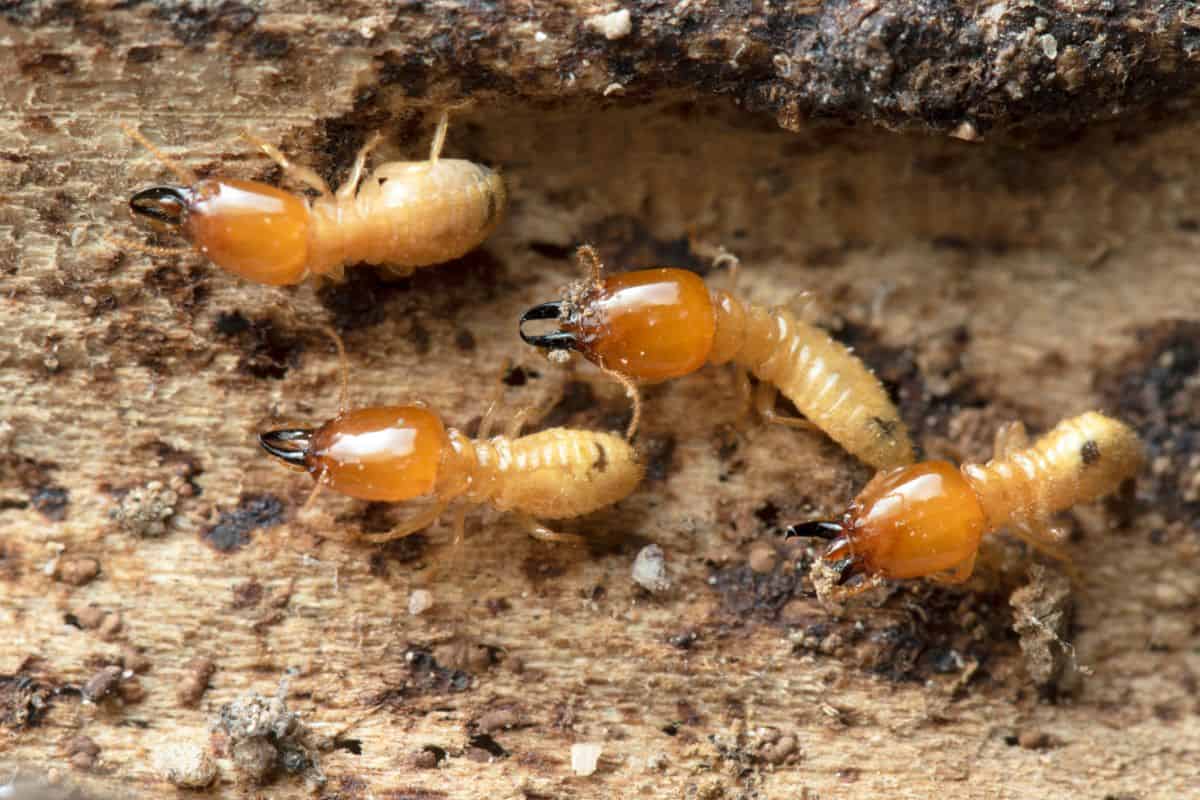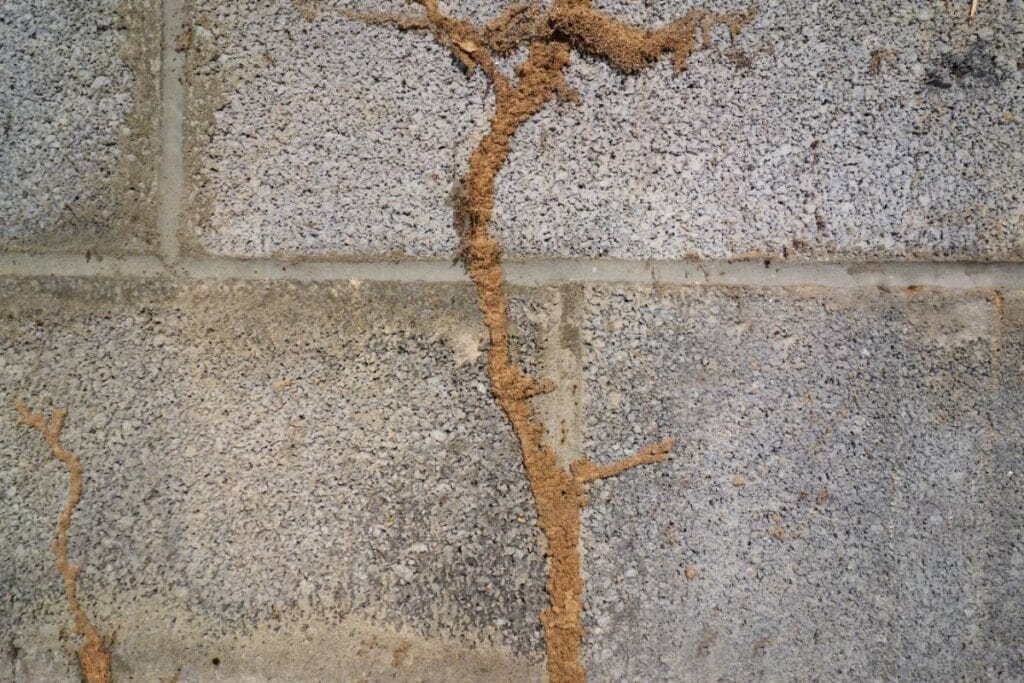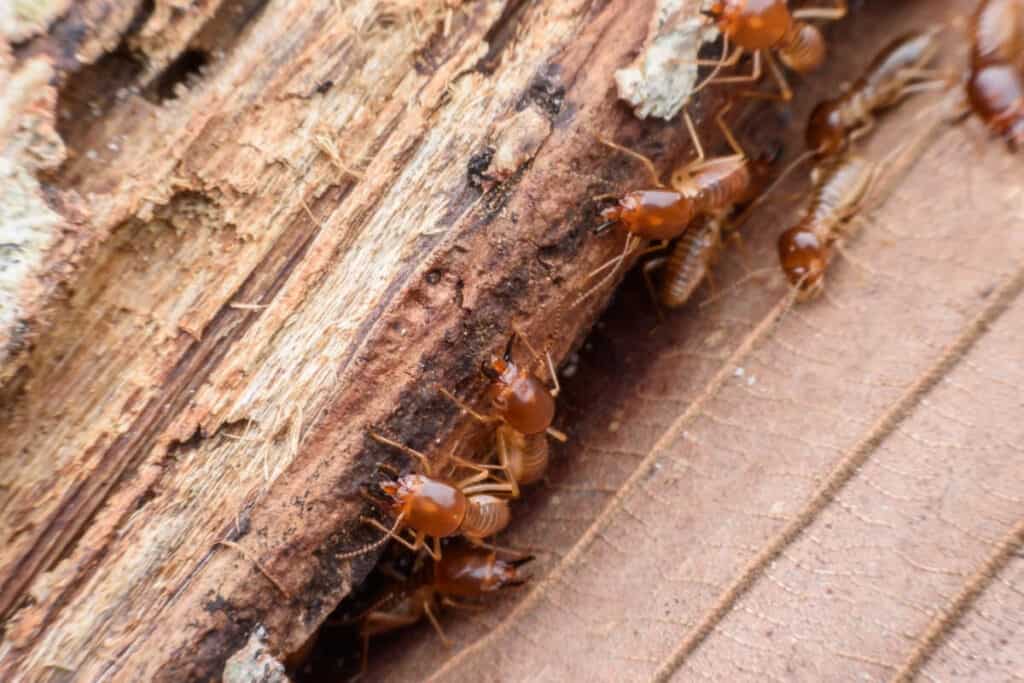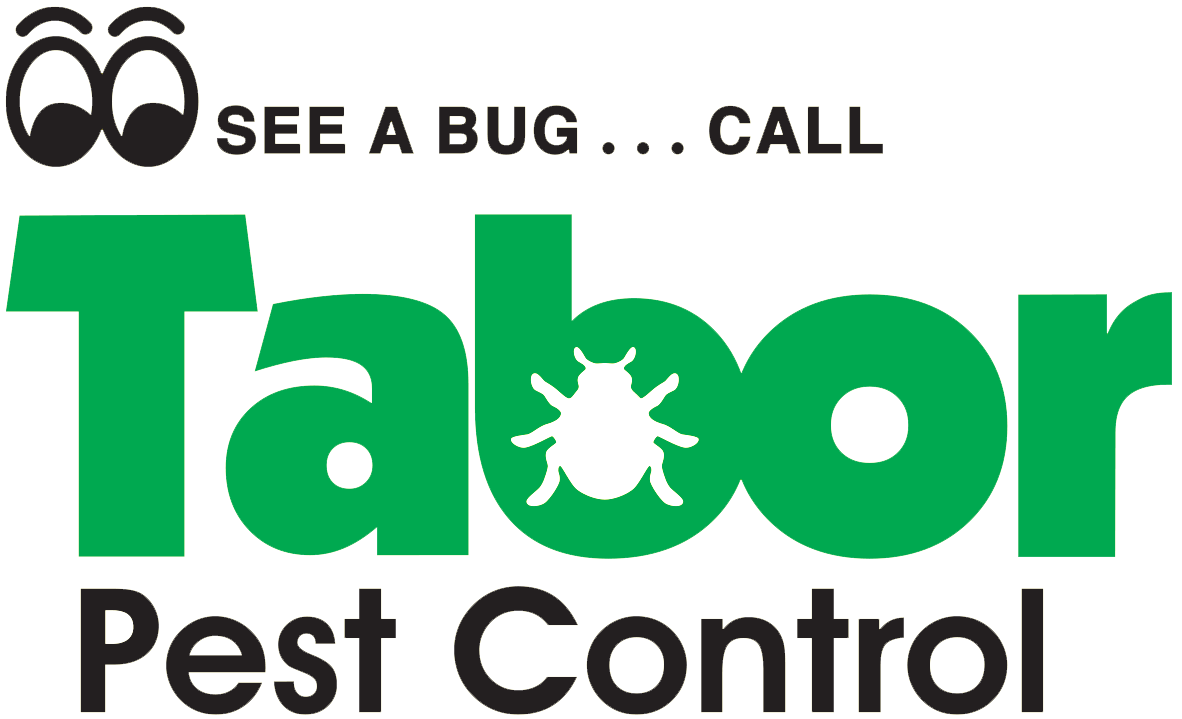Termite Ground Treatment: The Homeowner’s Roadmap to a Pest-Free Sanctuary

Termites are a very common and significant threat to the structural integrity of our homes. They are known to cause serious damage and can be difficult to get rid of.
In order to keep these pests out of our homes, we need to understand their behavior and be able to recognize the early signs of an infestation.
Termites are most comfortable in soil, and they feed on wood. So, any building with wood touching the ground is an ideal environment for them to live and build their colonies.
There are many options for termite treatment, but one of the most logical approaches involves products that are applied to the soil, since this is where they make their homes. Some of the most common are termiticides and baiting systems.
There are also many preventative measures that can be taken to avoid attracting them in the first place. These include using termite-resistant materials and creating barriers.
Regular inspections and maintenance from a professional pest control company will also go a long way in safeguarding your home from termites and other pests.
Understanding Termites
Termites live underground and eat wood, giving them the ability to burrow into your home and begin feeding on its foundation. They cost homeowners billions of dollars every year.
These pests are especially attracted to moist areas with an abundance of soil and organic material. So, inspect your property, taking note of spaces that may be potential termite attractants.
Also, inspect any wooden structure. Knock on them, and listen to hear if they sound hollow, indicating termite activity.
To identify termites that are already present nearby, look for mud tubes. These thin mud structures can be very small in size but are essentially the bridge the termites use to enter your house.

These tunnels provide the termites with a safe pathway directly to their food source.
Termite Inspections
Following the steps above will give you a good idea about whether or not there is a termite presence on your property. But in order to conduct a proper and thorough inspection, you will need a professional pest control service.
In addition to a visual inspection, these professionals will use specialized tools to detect termite activity that is not visible to the naked eye.
Moisture meters are used to find areas that are susceptible to termite infestations, and infrared cameras are used to spot heat signatures from the termite colonies.
Other common practices include termite monitors and bait stations. These devices are used to pinpoint the exact location of the termite in your home in order to address them and prevent a larger infestation.
Preventing an Infestation
In addition to regular inspection, there are several things you can do to avoid a termite problem in your home.
Consider installing a physical barrier to keep termites from reaching your home through the ground. These barriers can be made of metals, mesh, or crushed stone.

They should be installed around the foundation of your home and any underground piping, providing an impenetrable shield that forces termites to search for an alternative route.
Ventilation also plays a crucial role in termite prevention. Keep basements, attics, and crawl spaces well-ventilated and dry to discourage termite activity. Maintain proper air circulation and control humidity levels by installing vents, exhaust fans, or dehumidifiers in these areas.
If you notice any water leaks or moisture problems, fix them immediately to minimize the risk of termite infestation.
In addition to the above methods, you can follow these simple steps for further termite protection:
- Remove any wood debris, such as lumber, mulch, or firewood, from around your home’s foundation.
- Maintain at least a one-inch gap between the soil and wooden parts of your home’s structure.
- Inspect your property regularly for signs of termite infestation, such as mud tubes or damaged wood.
- Trim bushes and trees near your foundation to minimize access points for termites.
Chemical vs. Non-Chemical Termite Treatment
Termite treatment products can be broken down into chemical and non-chemical treatments. There are pros and cons for both, so consider your options to see what best fits your individual needs.
Chemical treatment involves applying liquid termiticide directly into the soil to address an existing termite issue.
Two of the most popular forms of termiticide are:
- Imidacloprid – This termiticide is typically applied to the soil surrounding your house or directly to the infested wood and is a very effective termite solution
- Fipronil – This product is very effective because of its ability to spread from one termite to another, meaning that it only needs to come into contact with one to wipe out the whole colony
Non-chemical treatment tends to be more preventative, including practices like:
- Regularly inspecting your home
- Properly maintaining your property (e.g., fixing leaks and removing wood debris)
- Creating physical barriers through construction materials or coatings
- Installing baiting systems to monitor and control termite populations
Non-chemical treatment is usually the safer option but may not have the immediate impact of the chemical treatment.
When in doubt regarding which kind of treatment is best for you, always consult a pest control professional.
Dealing with an Infestation
When dealing with a termite infestation in your home, it’s important to consider both the soil and wood aspects. Termites are known for causing costly damage, especially in wood structures.
To effectively control and prevent termite infestations, you need to employ a combination of treatment methods that target both soil and wood.
Soil Treatment
One of the most common ways to treat soil around your home for termites is to apply a liquid termiticide. This creates a barrier in the earth surrounding your home that the termites cannot cross.
Another option is using termite baits. Place them in strategic locations, moist areas with access to wood and soil, that are likely to be visited by foraging termites.
Wood Treatment
To keep termites away from the wood in your home, there are many effective preventative measures you can take, like using termite-resistant wood and ensuring proper spacing between wooden structures and the ground during construction.
To deal with a current termite issue, the most effective approach is chemical treatment. This will exterminate any termites present and deter future insect visitors.
Finding the right combination of soil and wood treatment is the key to ensuring that your home is termite-free.
Frequently Asked Questions
What are the most effective termite prevention products?
There are various termite prevention products available, but some of the most effective ones include termite bait systems and liquid termiticides.
Bait systems attract termites and slowly eliminate the colony. Liquid termiticides create a barrier around your property, preventing termites from entering.
How do I treat termites in walls?
Termites in walls can be treated using foam termiticides, dust insecticides, or fumigation. Many products can be applied directly to the affected area, killing termites on contact.
Fumigation involves tenting the entire structure and using a gas to exterminate the termites.
It’s essential to consult a professional to determine the right treatment for your situation.
Which is the best termite treatment company?
The best termite treatment company will vary based on factors such as location, experience, customer reviews, and services provided.
Do your research and consider local companies with positive reviews, credentials, and reasonable pricing.
What is the recommended termite soil treatment for new construction?
For new construction, soil treatment is usually done with a liquid termiticide, forming a barrier around the foundation.
Products like conventional soil-barrier treatments are applied before the foundation is poured to create a continuous barrier that prevents termites from entering the structure.
What are the common termite treatment chemicals?
Common termite treatment chemicals include fipronil, imidacloprid, and hexaflumuron. Fipronil and imidacloprid are non-repellent termiticides, which means they are undetectable by termites.
Termites unknowingly come into contact with the chemicals and transfer them to their colony, leading to its elimination. Hexaflumuron is a growth regulator found in some termite baits, which disrupts the termites’ growth and prevents them from molting.
How can I kill a termite colony in the ground?
Killing a termite colony in the ground requires targeted treatment. One effective method is using termite bait stations, which are placed in the ground around the property. Termites are attracted to the bait, consume it, and share it with their colony, eventually leading to the colony’s decline.
Another approach is using liquid termiticides to create a barrier around your property, which affects the termites if they attempt to cross it. Professional assistance is highly recommended for both methods.
References
https://content.ces.ncsu.edu/termites-biology-and-control
http://extension.msstate.edu/content/methods-termite-control
https://ipm.ucanr.edu/PMG/PESTNOTES/pn7415.html
https://www.epa.gov/safepestcontrol/termites-how-identify-and-control-them




